Is Lithium a Mineral or Metal?
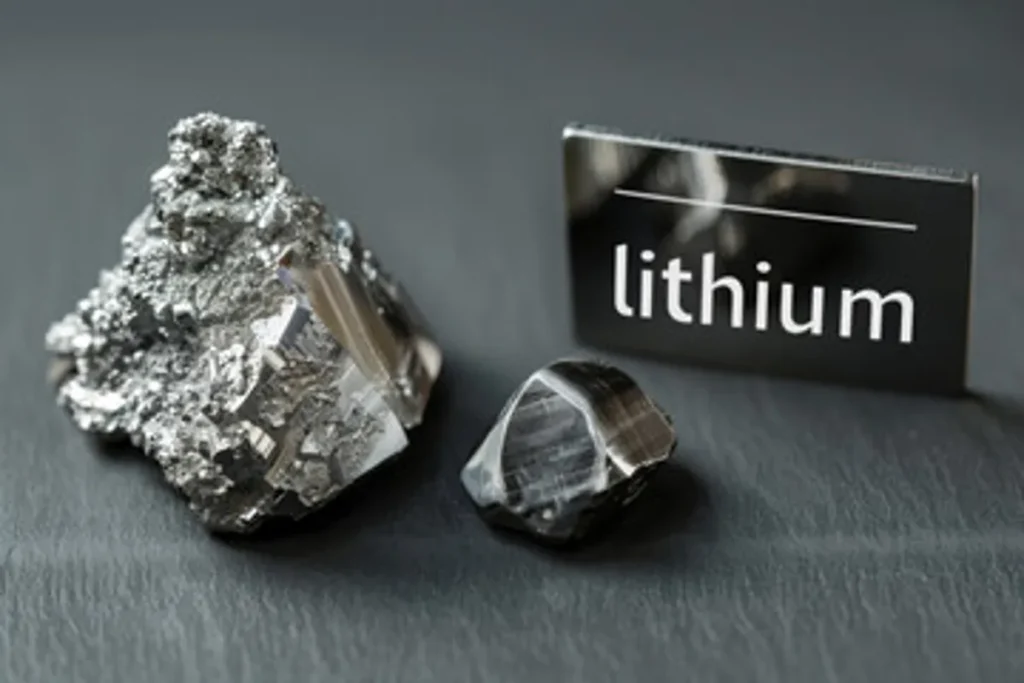
Lithium is both a metal and a chemical element, but it is not typically found in nature as a pure mineral. Understanding the distinction helps clarify its role in geology, industry, and technology.
Here’s a clear breakdown of lithium’s classification and how it functions in different contexts.
1. Lithium as a Metal
Lithium (Li) is the lightest of all metals and the third element on the periodic table. It belongs to the alkali metal group and exhibits metallic properties such as electrical conductivity and malleability, although it is extremely soft and highly reactive.
- Atomic number: 3
- Symbol: Li
- Density: 0.534 g/cm³ (lightest structural metal)
- Reactivity: Reacts vigorously with water and air
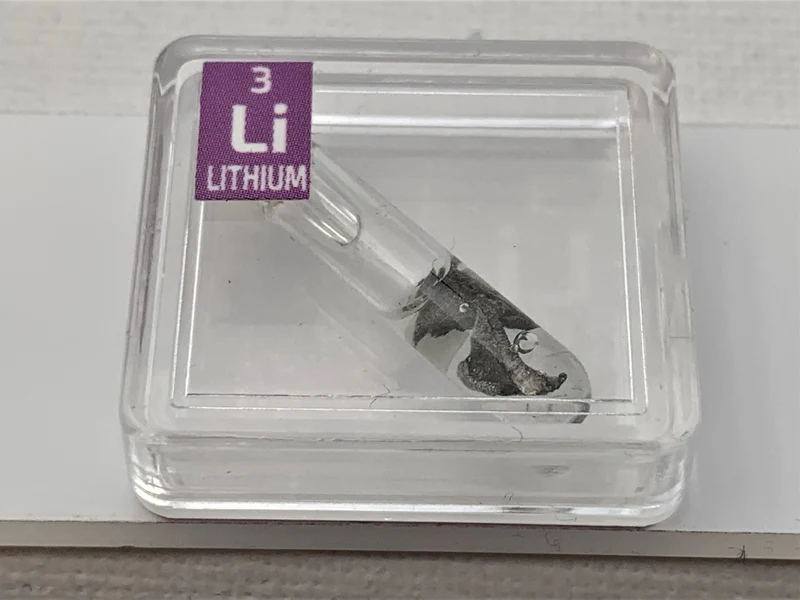
2. Lithium in Mineral Form
While lithium metal is not found freely in nature due to its high reactivity, it is present in various lithium-bearing minerals. These minerals are naturally occurring inorganic solids that contain lithium in their chemical structure.
Common lithium-bearing minerals include:
- Spodumene (LiAlSi₂O₆)
- Lepidolite (K(Li,Al)₃(Al,Si)₃O₁₀(F,OH)₂)
- Petalite (LiAlSi₄O₁₀)
- Amblygonite (LiAl(PO₄)(F,OH))
These minerals are mined and processed to extract lithium compounds used in industrial applications.
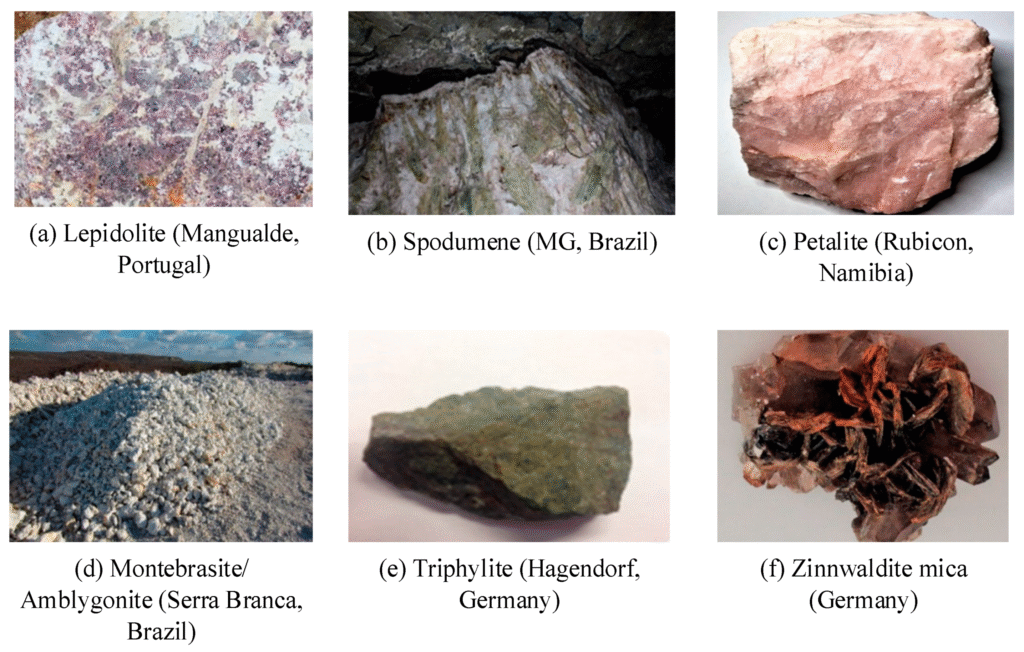
3. Lithium from Brines and Clays
In addition to minerals, lithium is also extracted from:
- Salt brines: Found in salt flats (like those in South America), where lithium is present in dissolved form.
- Clay deposits: Some clays, such as those in Nevada and Serbia, contain lithium that can be extracted through leaching.
While not minerals in the traditional sense, these sources are important for lithium production.
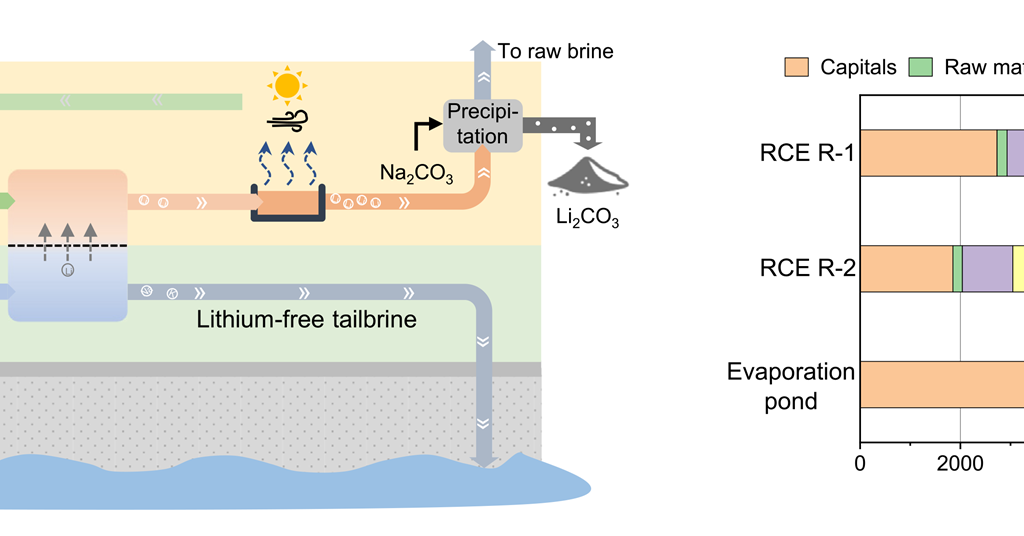
4. Why the Distinction Matters
Knowing whether lithium is a mineral or metal is important for:
- Mining operations: Lithium is mined from minerals or extracted from brines.
- Regulatory frameworks: Governments classify lithium-bearing materials as critical minerals.
- Industrial use: The form of lithium determines its application in batteries, glass, ceramics, and medicine.
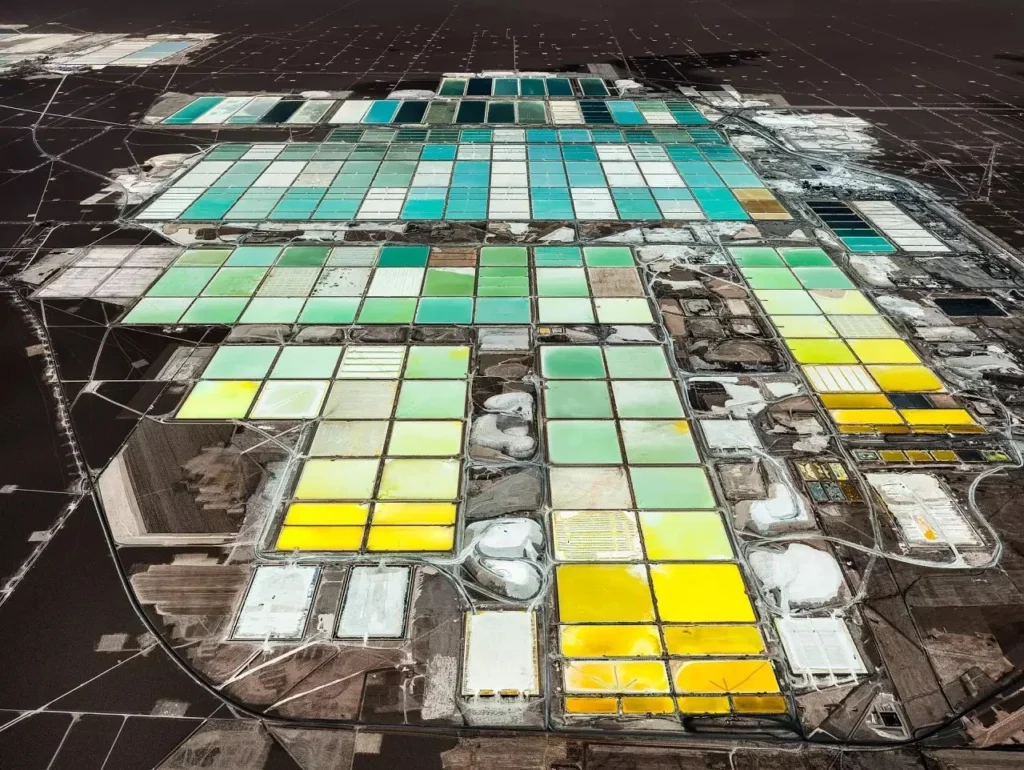
5. Lithium’s Role in Modern Technology
Lithium plays a vital role in:
- Lithium-ion batteries for EVs, smartphones, and laptops
- Energy storage systems for renewable energy grids
- Aerospace alloys due to its low weight
- Medicine, in the form of lithium carbonate for treating bipolar disorder

FAQs
Q1: Is lithium a mineral or a metal?
A1: Lithium is a metal and a chemical element, but it is found in lithium-bearing minerals in nature.
Q2: What are the most common lithium minerals?
A2: The primary ones are spodumene, lepidolite, petalite, and amblygonite.
Q3: Can lithium be found in its pure form in nature?
A3: No, lithium is too reactive to exist in pure form naturally. It must be extracted from minerals or brines.
Conclusion
Lithium is best described as a light alkali metal and chemical element that occurs naturally in lithium-bearing minerals or in brine solutions. Its unique properties and growing demand make it a key resource in modern technology, energy, and medicine.

